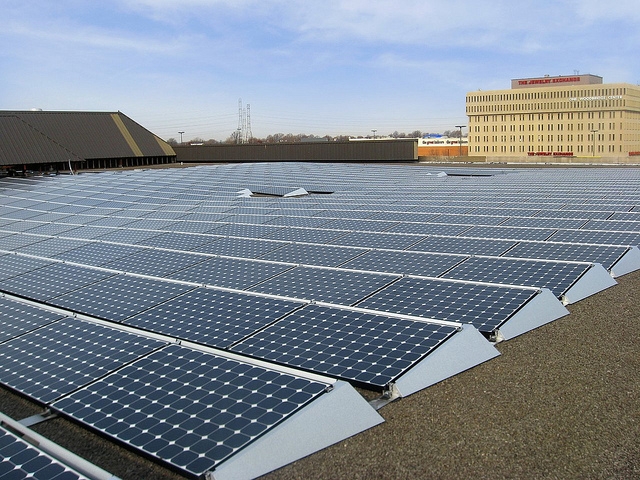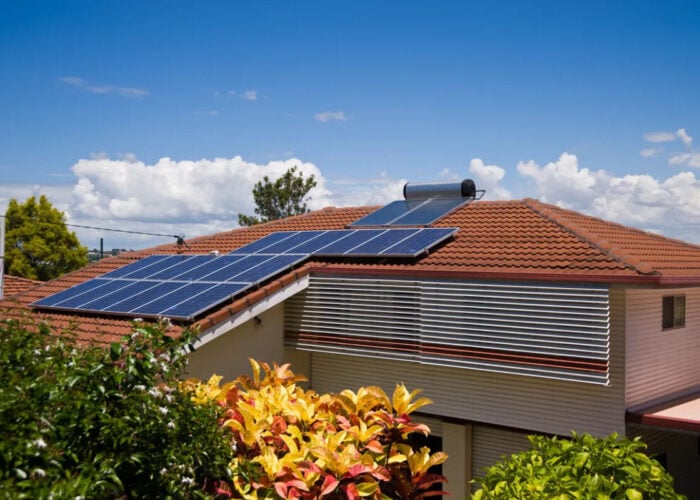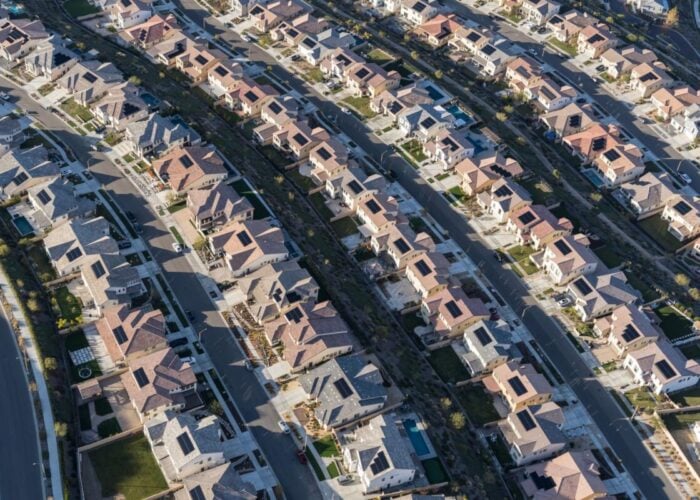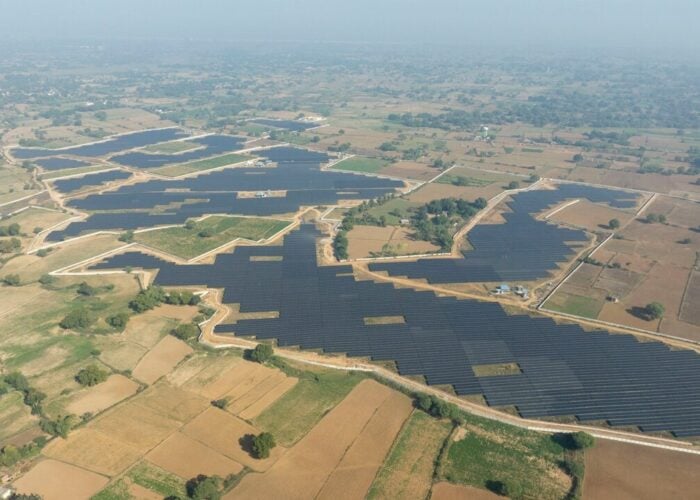
The economic benefits of adding energy storage to solar in California at affordable multi-family dwellings could far outweigh the costs, even doubling savings on energy bills, a new report claims.
The report, ‘Closing the California clean energy divide’, has been produced by the Center for Sustainable Energy, the California Housing Partnership Corporation and the Clean Energy Group. Allowing families in affordable rented housing to take some stake in controlling their energy production and demand could have “significant electric bill savings”, the authors said.
Try Premium for just $1
- Full premium access for the first month at only $1
- Converts to an annual rate after 30 days unless cancelled
- Cancel anytime during the trial period
Premium Benefits
- Expert industry analysis and interviews
- Digital access to PV Tech Power journal
- Exclusive event discounts
Or get the full Premium subscription right away
Or continue reading this article for free
According to the report, in two utility territories, solar-plus-storage could eliminate nearly 100% of utility bills for some residents, compared with going solar alone. The increase in upfront investment required would be less than 30% for customers in the service areas of Southern California Edison and San Diego Gas & Electric. While solar on its own reduces the cost of energy consumption, adding a battery can also offset demand related charges, the report said.
While the savings vary from case to case, each property analysed for the report saw the project economics of the clean energy installation improve with the addition of batteries. Energy storage software provider Geli (Growing Energy Labs Inc) supported the research, which looked at electricity usage data from nine affordable housing properties across the service areas of California’s three investor-owned utilities, the above two plus Pacific Gas & Electric.
Clean Energy Group programme manager Seth Mullendore said the analysis is based on “actual data from existing buildings”.
“…adding battery storage to a solar PV system installed on an affordable housing property in Southern California could increase the annual savings on a property owner’s electricity bill to 99%, which is nearly double the savings of what a solar-alone system can provide.”
US$100 million annual funding could unlock more savings with batteries
California’s Public Utilities Commission (CPUC) recently introduced Multifamily Affordable Housing Solar Roofs (Solar Roofs), a new policy, in October 2015 as a way of providing either US$100,000,000 a year or 10% of available funds from greenhouse gas offset payments from electrical companies over 10 years to fund solar installations on affordable multi-family housing. The policy, part of Assembly Bill 693, will come into effect next year.
The groups behind ‘Closing the California clean energy divide’ said the solar roofs programme could reach a third of existing multi-family affordable housing in the state.
However, while the state has invested heavily in solar for low-income housing, the Center for Sustainable Energy’s director of policy Sachu Constantine said, batteries could help those efforts get maximum value for money.
“…recent changes to the critical underlying rates and tariffs may compromise the value proposition of solar for affordable housing residents and owners unless we find a way to include the combination of energy storage and solar in the Solar Roofs program,” Constantine said.
Earlier this year, the topic of the fairness of policies to support residential solar in California was raised at a conference in Europe by the chief of the state's bulk transmission operator. Steve Berberich, CEO of CA ISO (California Independent System Operator), said net metering, the most common method in the US to compensate rooftop solar systems, had become an “economic justice issue” as low income households which generally were less able to afford solar PV were essentially “subsidising” the occasional grid use of PV system owners, who tend to be wealthier.
In other related news, San Francisco will become the first major US city to require all new buildings to host PV systems from the beginning of next year.
The ‘Closing the California clean energy divide’ report can be downloaded here.






